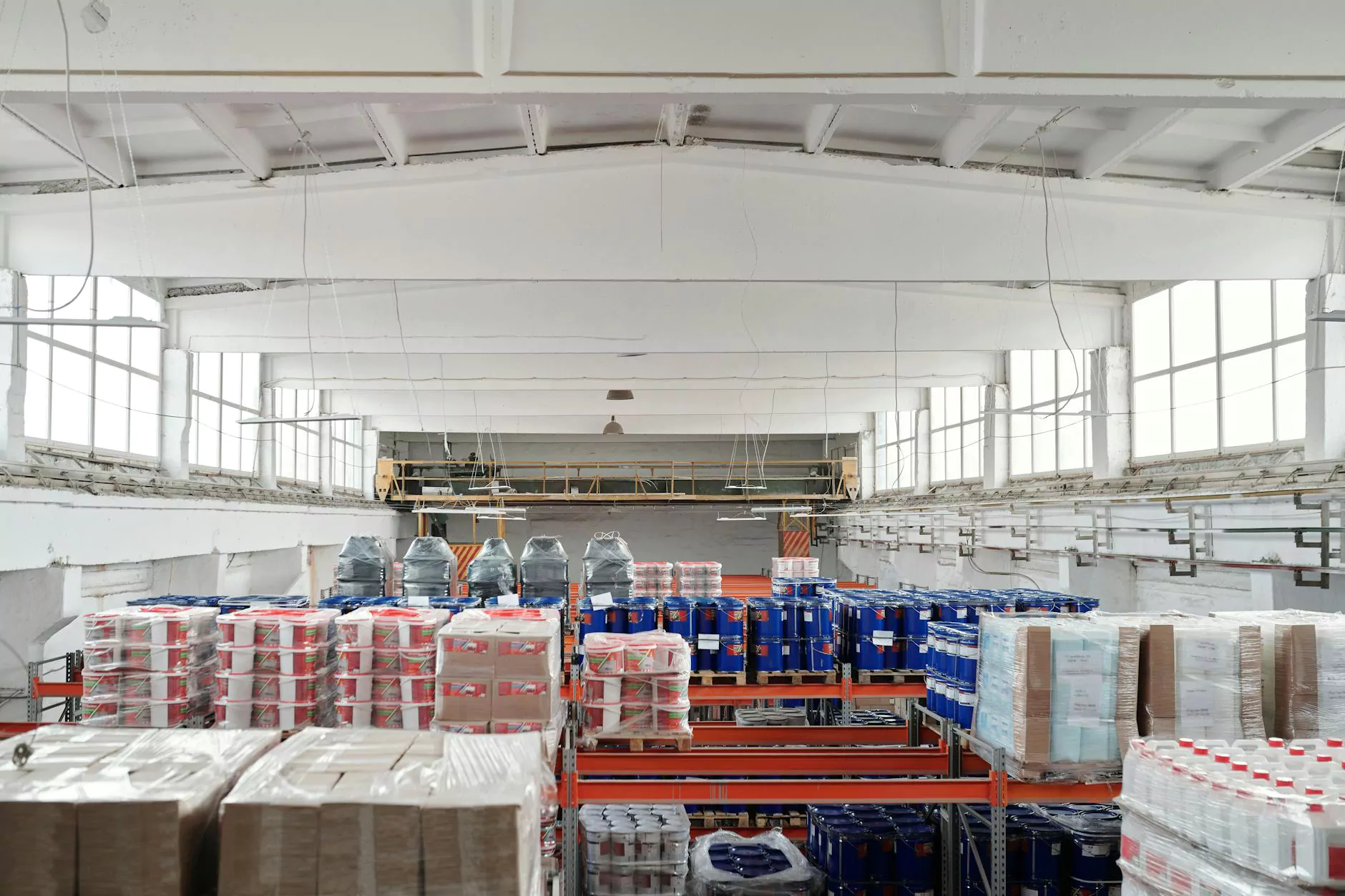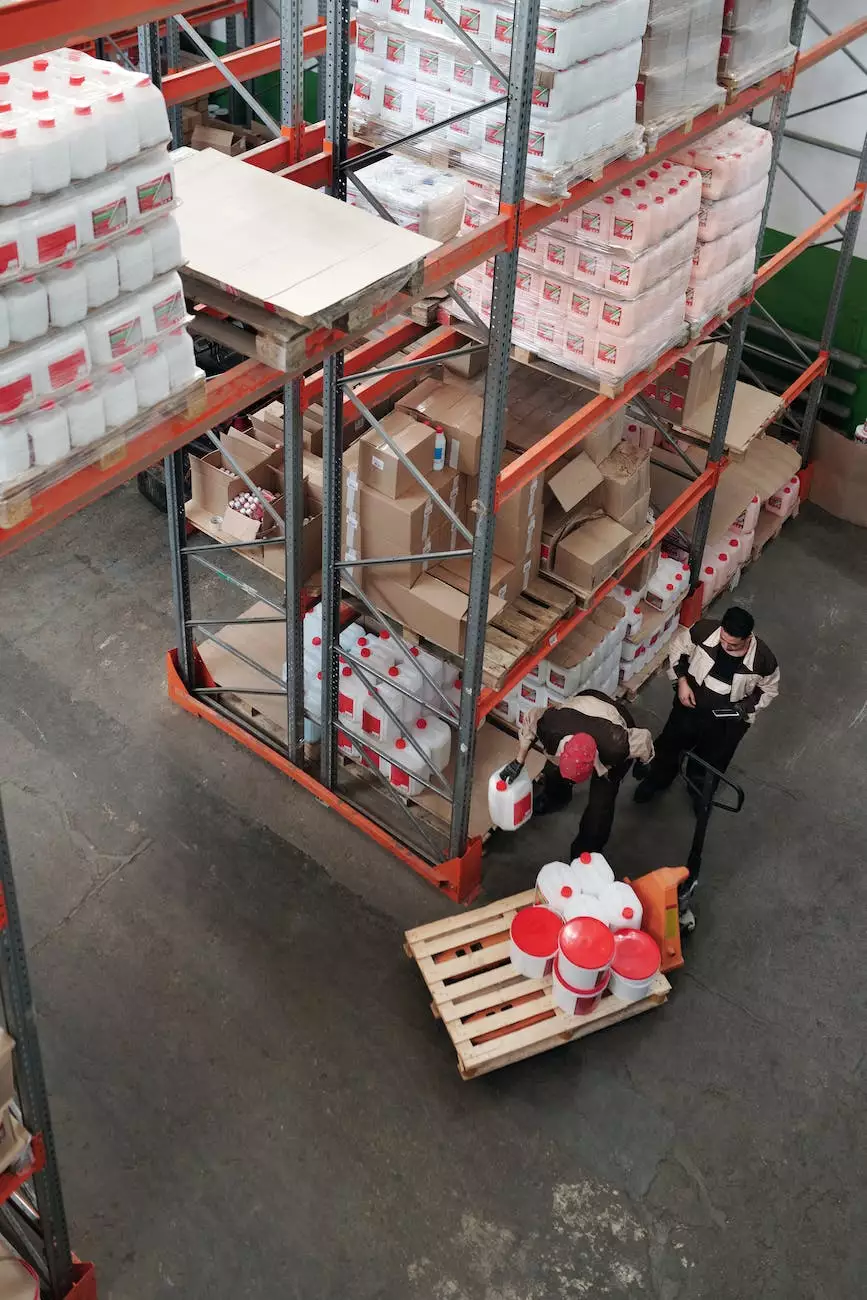How to Achieve Better End-to-End Inventory Visibility
Order Management
The Importance of End-to-End Inventory Visibility
In today's fast-paced business environment, achieving better end-to-end inventory visibility is crucial for businesses to stay competitive. End-to-end inventory visibility refers to the ability to track and manage inventory seamlessly across the entire supply chain, from procurement to distribution.
Benefits of Improved Inventory Visibility
By implementing effective strategies to enhance inventory visibility, businesses can reap numerous benefits:
1. Increased Efficiency
One of the key advantages of better end-to-end inventory visibility is improved operational efficiency. Businesses can accurately track inventory levels, forecast demand, and optimize replenishment processes. This reduces the risk of stockouts or overstocks, streamlines order fulfillment, and minimizes carrying costs.
2. Enhanced Customer Satisfaction
With better visibility into inventory levels, businesses can offer accurate and reliable delivery promises to their customers. Meeting customer expectations regarding product availability and delivery times enhances satisfaction and builds loyalty. Delighting customers with seamless experiences also leads to positive word-of-mouth referrals, driving further growth.
3. Minimized Supply Chain Disruptions
Poor inventory visibility can lead to supply chain disruptions, such as delayed shipments, stockouts, or missed opportunities. By closely monitoring inventory levels and streamlining processes, businesses can proactively address potential bottlenecks and prevent costly disruptions. This ensures smooth operations and minimizes the impact of unforeseen events.
Strategies for Achieving Better End-to-End Inventory Visibility
Now that we understand the importance and benefits of end-to-end inventory visibility, let's explore some effective strategies for achieving it:
1. Implement an Integrated Inventory Management System
An integrated inventory management system consolidates data from various sources, such as suppliers, warehouses, and sales channels, into a unified platform. This provides real-time visibility into inventory levels, demand patterns, and order status. With accurate and up-to-date information, businesses can make informed decisions and optimize their inventory management processes.
2. Leverage Advanced Analytics and Forecasting
Data-driven analytics and forecasting tools can help businesses accurately predict demand, identify trends, and optimize inventory levels. By analyzing historical data, customer behavior, and market trends, businesses can make proactive inventory adjustments and meet changing demand patterns effectively.
3. Embrace RFID and IoT Technologies
Radio-Frequency Identification (RFID) and Internet of Things (IoT) technologies enable businesses to track inventory in real-time throughout the supply chain. With RFID tags and IoT sensors, businesses can automatically capture and transmit data, providing instant visibility into inventory movements, locations, and conditions. This technology revolutionizes inventory management, promoting accurate tracking and reducing manual errors.
4. Foster Collaborative Supplier Relationships
Establishing strong relationships with suppliers is crucial for end-to-end inventory visibility. By collaborating closely with suppliers, businesses can gain insights into their inventory levels, production plans, and lead times. This helps ensure a seamless flow of goods and minimizes the risk of stockouts or disruptions in the supply chain.
5. Continuously Monitor and Improve Processes
Regularly monitoring key performance indicators (KPIs) related to inventory visibility ensures ongoing process improvements. Businesses should track metrics such as order fulfillment rate, inventory turnover, and on-time delivery. By identifying areas of improvement, businesses can refine their inventory management processes and strengthen end-to-end visibility.
Conclusion
In conclusion, achieving better end-to-end inventory visibility is essential for businesses to thrive in today's competitive landscape. By implementing strategies such as an integrated inventory management system, leveraging advanced analytics, embracing RFID and IoT technologies, fostering collaborative supplier relationships, and continuously monitoring processes, businesses can optimize their inventory management, improve operational efficiency, enhance customer satisfaction, and minimize supply chain disruptions. Trust St Joe SEO, a leading provider of SEO services in the Business and Consumer Services industry, to guide you towards achieving better end-to-end inventory visibility. Contact us today to learn more!










